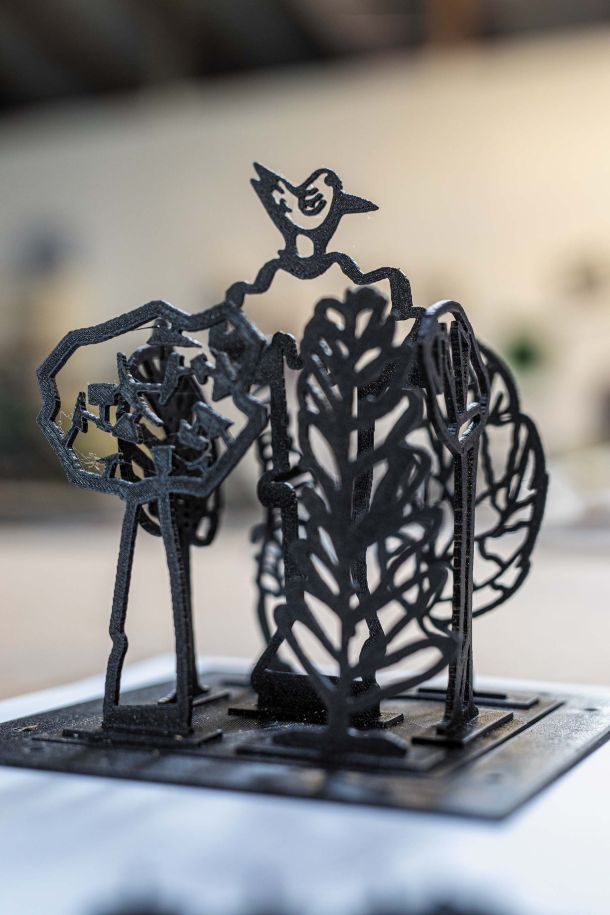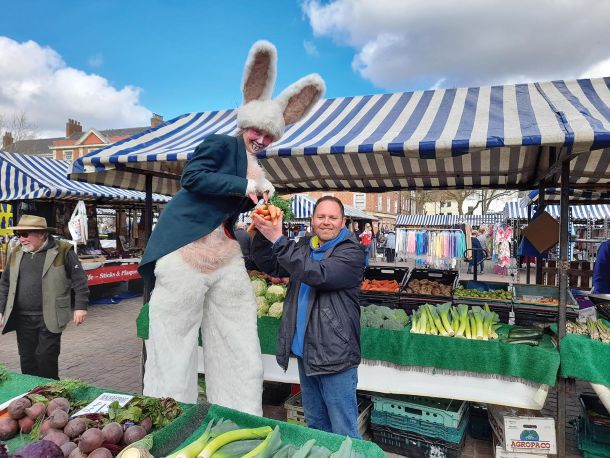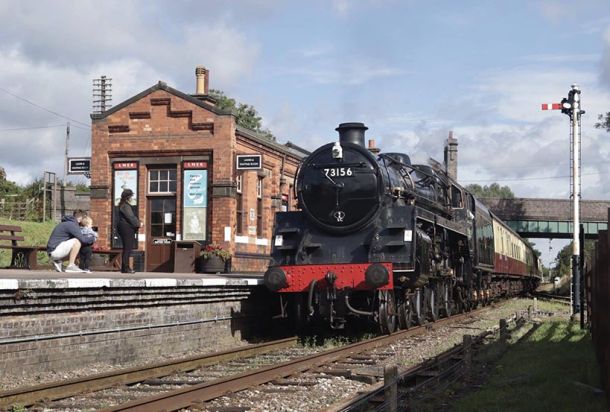Cuckoo Boats
Over the centuries, the designs of boats using other, interconnected canals evolved and becoming fairly standard. However, the Chesterfield boats changed very little. They were usually used for fairly short trips. They often had a crew of two who did not live permanently on the boats. Therefore they did not have large cabins and were not highly decorated.
Remarkably, they were never powered by engines. Commercial cargo carrying finished in 1955 and right up to the end the boats were towed by horses.
Sometimes they ventured out onto the River Trent, even going down the Fossdyke and River Witham to Boston. Obviously they could not be horse drawn on such a large river, so they were equipped with sails, oars and heavy chains to provide some control and steering, which again set them apart from the vast majority of other canal boats.
When these long thin boats (70′ x 7′) first started to appear on the river, the Trent boatmen thought the canal boatmen were mad (cuckoo) for venturing onto the wild river in such craft. The boats were regarded as cuckoos in the nest for stealing cargoes from the Trent boats.
There are many old boaters who insist that the term Cuckoo refers to the boatmen, not the boats. There are historians who point to the use of the term Cuckoo referring to the boats dating back to the early 19th Century. What is not in doubt is that the term Cuckoo boats is now widely used to refer to these craft that are unique to the Chesterfield Canal.
Thanks to various Acts of Parliament going back to 1795, there are records of boats working on the canal. For example, in that year there were at least 63 narrow boats registered as carrying coal from collieries in the Rother Valley to places between Stockwith and Lincoln. 34 of these were registered at Chesterfield. All had a crew of two, usually a master and a boy. Unfortunately, the Nottinghamshire registers, covering Retford and Worksop, were destroyed.
Until 1912 the majority of boats were owned by individuals, but after this date nearly all were sold to Furley & Co., with the previous owners staying on as masters. Furleys was a long-established company of carriers and shipping agents, originally from Gainsborough, whose head office was now at Hull. From about 1900 they had a depot at Stockwith, where their Chesterfield Canal narrow boats were based.
The last Cuckoo boats were built in the 1920s in Tomlinson’s yard at West Stockwith. The last two boats to be working commercially were named Lord Milton and Lady Milton, run by the Hewitt family and carrying warp from West Stockwith to Walkeringham. This trade ceased in 1955 when it was transferred to road vehicles. Warp was a fine, natural silt dredged from the River Trent, at the mouth of the River Idle, which was dried in the kilns at Walkeringham and used as a powder to polish metal in Sheffield’s cutlery trade.
The very last Cuckoo boat in existence was stored at the Boat Museum at Ellesmere Port. It was not in the best condition, but unforgivably it was scrapped because it was taking up space! It was called Dawn, but had previously been called Norah.
The last Cuckoo boat on the canal was named Ida. This was moored in Worksop for many years, gradually rotting away. It was finally broken up in the 1970s because it had become an obstruction, but before then a local historian and boat enthusiast called Richard Allsopp took detailed measurements of Ida.
In 2002, some members of the Chesterfield Canal Trust decided to build a new Cuckoo boat. After much research, drawing heavily on Richard’s plans, they drew up a list of all the timber that was needed. This was published in the Trust’s magazine and sponsors were found for every piece. 7½ tons of fresh Lincolnshire oak and boat-skin larch was then bought and stored in a secret location to season. An appeal also went out for traditional hand tools of the type used a century ago, because the decision was made to stick to 1920s techniques, so no power tools were used in the construction.
The building work started in 2011. It was led by David Bownes who has a vast knowledge garnered by talking with working boatmen on the Chesterfield Canal. He was involved with working on Cuckoo boats as a young man, so he was one of the very few people alive - possibly the only one - with real working knowledge of their construction. David has since written a book called “Ponds, Tonzs and Boorts” about his experiences on the canal and the building of the boat. He was featured in Countryfile on BBC1 in 2019 talking to Matt Baker about the construction.
Some of the planks (or strokes) that make up the sides are 27’ long, 10” wide and 2” thick. They had to be planed exactly and then put into a home-made steamer for several hours before being bent into position. There are 90 planks along the bottom. Each one had to be shaped precisely before being secured by 360 home-made nails each 9” long and hammered upwards. Vast quantities of old rope, Stockholm tar, pitch and linseed oil were used to make the boat watertight.
Not surprisingly, it took four years to complete the boat which was launched in April 2015 and officially named Dawn Rose at a well-attended ceremony at Worksop Water Day in June the same year.
You can see Dawn Rose on many summer Sundays at the Lock Keeper pub in Worksop, from where it does horse boating demonstrations, towed by its faithful friend Charlie. The Trust runs the Friends of Dawn Rose to raise funds to maintain the boat. It also has an annual Boat Pull where teams of people from local clubs or organisations can tow it for a certain distance. They pay a fee to the Trust but run sponsorship for their own causes. Details of all these activities are available on the website, just search for Chesterfield Canal Trust.
Rod Auton
Rod is the Publicity Officer for the Chesterfield Canal Trust which is campaigning to complete the restoration of the canal by its 250th Anniversary in 2027.
For further information go to www.chesterfield-canal-trust.org.uk.
Imagery courtesy of The Chesterfield Canal Trust (various photographers).


























